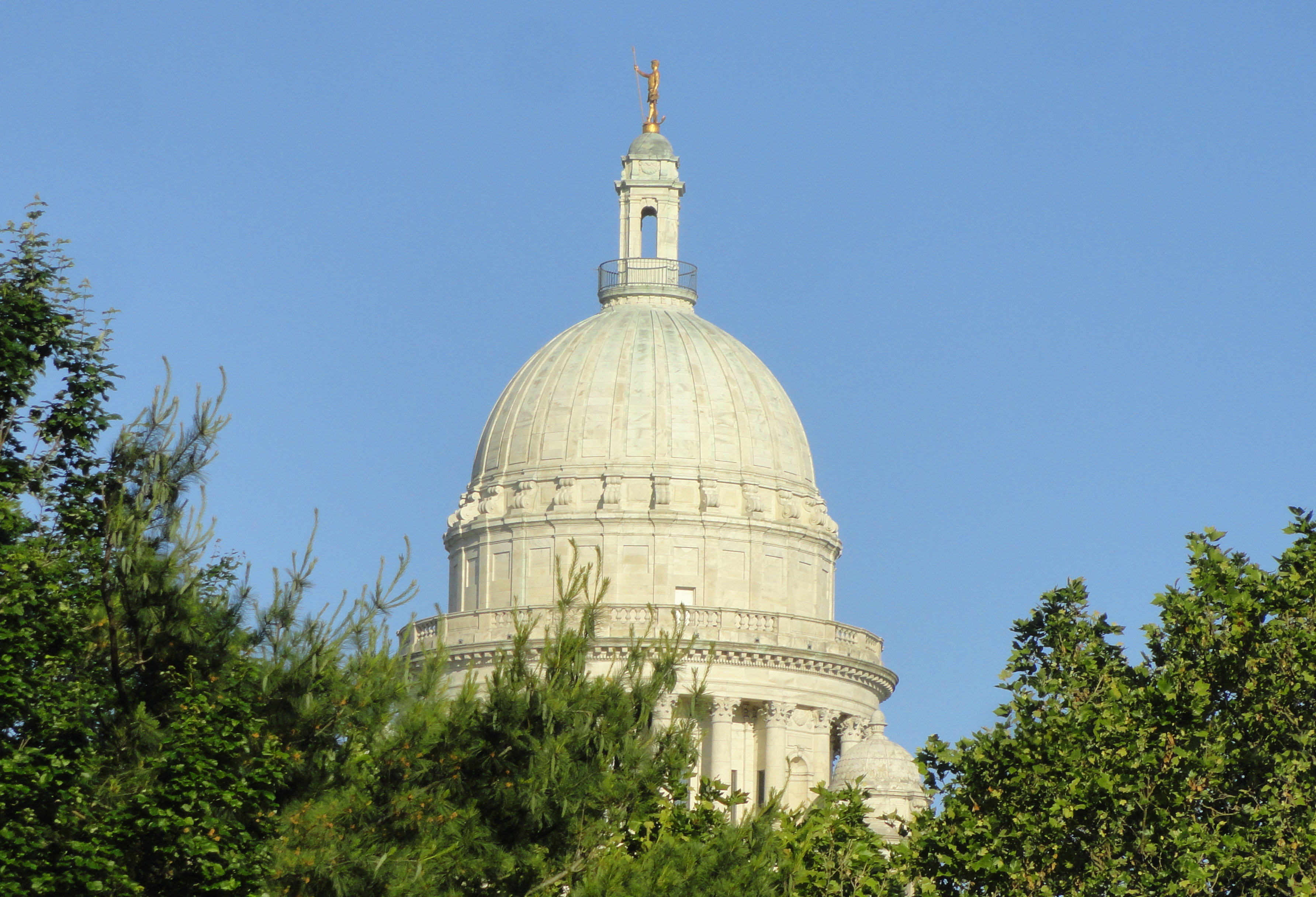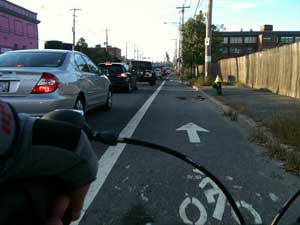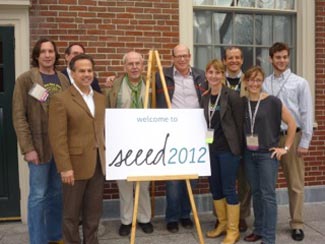
NORTH PROVIDENCE — Local solar energy got a boost Tuesday night from the Town Council.
At the urging of Mayor Charles Lombardi, the council voted unanimously to move ahead with a plan to consider dropping property taxes for the development of a solar array at the town’s old landfill.
Lombardi has implored the council for several months to move forward with the project, to take advantage of a state renewable energy incentive program — a program that would deliver reliable revenue to the town. Six solar developers responded to an initial inquiry to develop a 3-megawatt array on the 15-acres site.
Lombardi said the town would receive an annual fee from the owner of the solar array in lieu of taxes. Other proposed uses for the site, he said, such as a playground and wind turbines weren’t viable due to noise and gas leaking from the former Superfund site.
“We’re trying to get additional revenue from a barren piece of property,” the mayor said.
A solar project, Lombardi added, would allow the town to participate in Rhode Island’s popular distributed generation program. The four-year trial program is designed to boost local renewable energy projects by offering incentives such as fixed pricing for electricity generated from wind, solar and hydroelectric projects.
Two residents spoke at the Jan. 8 meeting. Joseph Muschiano was skeptical of a project that had yet to receive a formal bid from a developer. “You’re just asking us to throw away 20 years of taxes and letting this guy come in,” he said.
James Grande liked that the project was quiet, unlike the dirt bikes and four-wheelers that frequent the area. “You want something that’s not going to create any noise versus creating noise,” he said.
Of the six initial proposals, the town has taken an interest in a submission from Belmont, Calif.-based SunEdison. All of the developers sought tax relief before moving forward with the project, Lomabrdi said. The Town Council must approve the tax deal. Tuesday’s vote by the council requests the town’s ordinance committee to move forward with the mayor’s request to grant the tax break.
Richard Fossa, Lombardi’s chief of staff, said the land isn’t suited for businesses or recreation. “You are not going to get any restaurant or people on the grass. Nobody wants to go there,” Fossa said.
Lombardi noted that the site currently has no access to public water, sewage or electricity.
The state Department of Environmental Management (DEM) classified the site as suitable for a solar project, according to Fossa. If built, the town would be responsible for cutting the grass at the site and monitoring environmental conditions at the former landfill. The owner of the project would pay the cost of building a fence around the site. DEM allows new construction to disturb 30 inches of the landfill topsoil, or cap. But Fossa said the solar project wouldn’t require digging and instead be secured by weights.
Chris Kearns of the state Office of Energy Resources presented an overview of the state’s distributed generation contract law, which the General Assembly passed in 2011. The program reserves an allotment of generated electricity each year to be used for renewable projects. The electricity is typically more expensive than standard fossil-fuel-based power. The cost for the green energy is subsidized by National Grid ratepayers.
Renewable energy, Kearns said, is needed to diversify Rhode Island’s power generation supply. Currently, about 98 percent of the state’s electricity is produced by natural gas. The proposed project also would help the state reach its goal of 16 percent renewable power generation by 2019.
So far, 15 solar projects and one wind turbine have been approved under the distributed generation program. Of the municipally backed projects, East Providence received a contract for a 3.7-megawatt solar landfill project. Westerly is considering a similar solar array on town land. Kearns said Bristol and Glocester are seeking permits for large solar energy systems.
The 70-acre site in North Providence was an active regional landfill from 1967-83. It was declared a Superfund site in 1989 and capped in 2007.
“I think this the best idea for the neighborhood,” Council member Stephen Feola said. “This isn’t going to generate any traffic. It’s a win-win. It’s a no-brainer.”
By TIM FAULKNER/ecoRI News
ecoRI News is a Providence-based nonprofit journalistic initiative devoted to educating readers about the causes, consequences and solutions to local environmental issues and problems.













